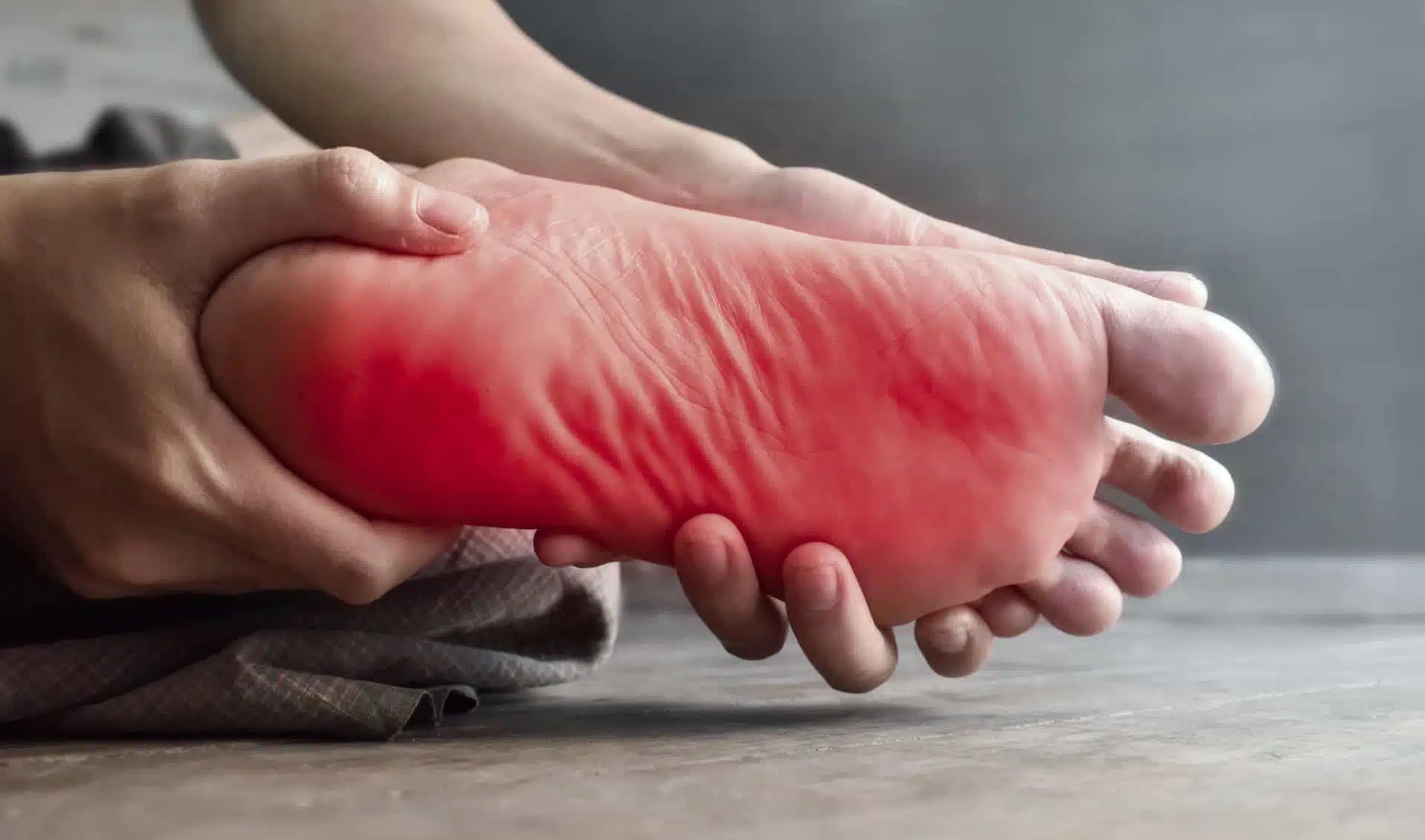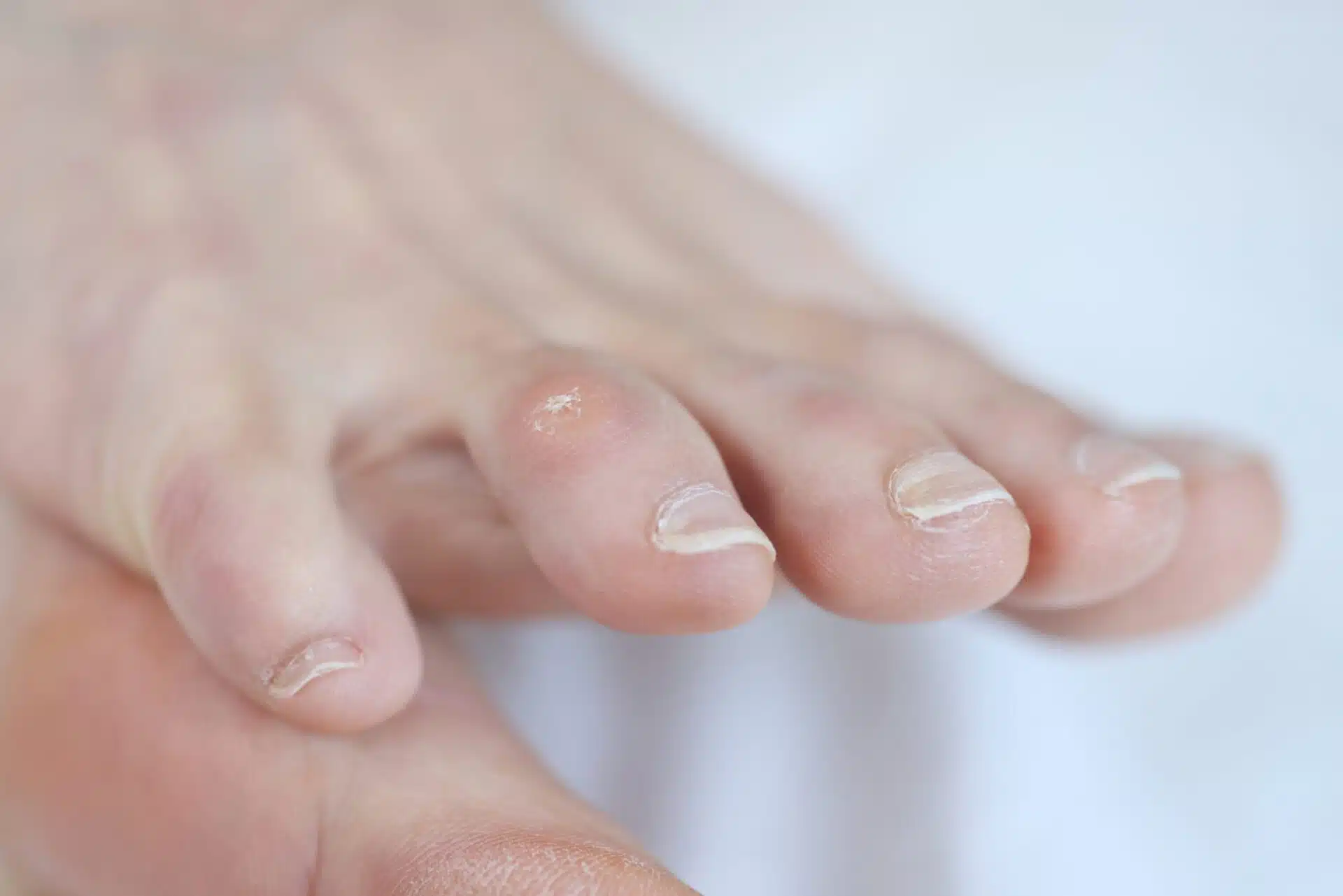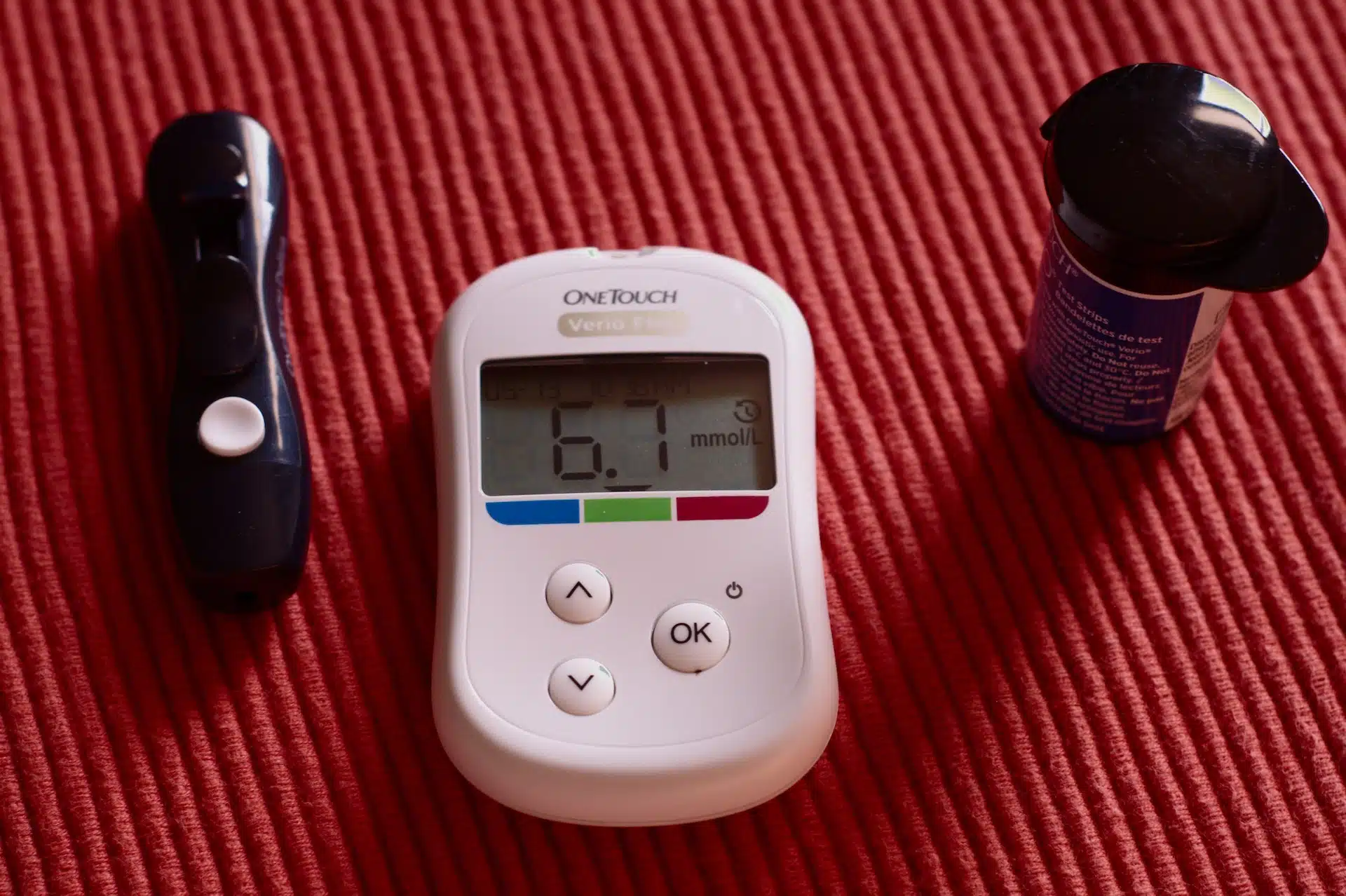Diabetes is a chronic condition experienced by millions of people worldwide, including 11 million Canadians. Chances are, diabetes affects you, or someone you’re close with. Diabetes can have a significant impact on various aspects of your health, including your feet.
Foot health is a top priority for individuals with diabetes, as the condition can lead to a range of complications that affect the lower extremities.
Understanding the connection between diabetes and foot health can help you address the condition and thwart potential issues. In this blog post, you’ll learn more about how diabetes and foot health concerns are intertwined.
The link between diabetes and foot health
Diabetes is known to cause problems related to blood circulation and nerve function, and these issues can take a toll on your feet. Here are some key factors to consider:
1. Poor blood circulation
Diabetes can damage blood vessels, reducing blood flow to the feet. This diminished blood circulation can result in slower wound healing and an increased risk of infection.
2. Neuropathy

Diabetes often causes peripheral neuropathy, a condition characterized by nerve damage that predominantly affects the feet and legs. Neuropathy can lead to numbness, tingling, or a loss of foot sensation. Reduced sensation makes it difficult to detect injuries, blisters, or sores. This lack of sensation increases the risk of complications.
3. Foot ulcers
Diabetes patients are prone to developing foot ulcers due to reduced sensation and delayed healing. Ulcers may become infected and become more severe if not addressed promptly.
4. Calluses and corns

Diabetes can alter foot anatomy, leading to abnormal pressure points on the feet. These pressure points can form calluses and corns, causing foot discomfort and an increased risk of ulcers.
5. Fungal infections
Diabetes is thought to cause dysfunction of the immune response. A weakened immune system fails to control the spread of invading pathogens. As a result, those with diabetes are at a greater risk of fungal infections, like athlete’s foot and toenail fungus.
6. Reduced ability to heal
Elevated blood sugar levels can impair the body’s ability to heal wounds. Even minor cuts, blisters, or abrasions can become problematic if improperly managed or untreated.
How to care for your feet when you have diabetes
Proper foot care is critical for individuals with diabetes. To maintain good foot health and minimize the risk of complications, consider the following tips:
Regular foot inspections
Perform daily foot checks to look for any signs of injury, blisters, sores, or changes in colour and temperature. Early detection is critical to preventing more significant problems. You can also schedule annual foot assessments at Feet First Clinic, during which a chiropodist will thoroughly examine your feet and your foot health history.
Maintain healthy blood sugar levels

Aim to keep your blood sugar within the target range your healthcare provider recommends. Controlling your blood sugar levels will help your overall health, including your feet.
Choose appropriate footwear
Opt for comfortable, well-fitting shoes that reduce the risk of pressure points and provide adequate support. We carry a wide range of footwear and orthapedic footwear here at Feet First Clinic. See more in our complete guide on how to choose the perfect pair of shoes for you and your feet.
Moisturize your feet
Keep your skin hydrated to prevent dryness and cracking. Avoid applying lotion between the toes to prevent fungal growth.
Trim your nails carefully
Trim your toenails straight and avoid cutting them too short to prevent ingrown nails. People with diabetes should avoid nail salons. Instead, you should see a chiropodist for routine diabetic foot care. That way, you feel comfortable knowing the trimming is performed correctly.
Stay active

Engage in regular physical activity to promote better circulation. If you have trouble being physically active, consider low-impact activities like swimming, stationary cycling, or walking.











